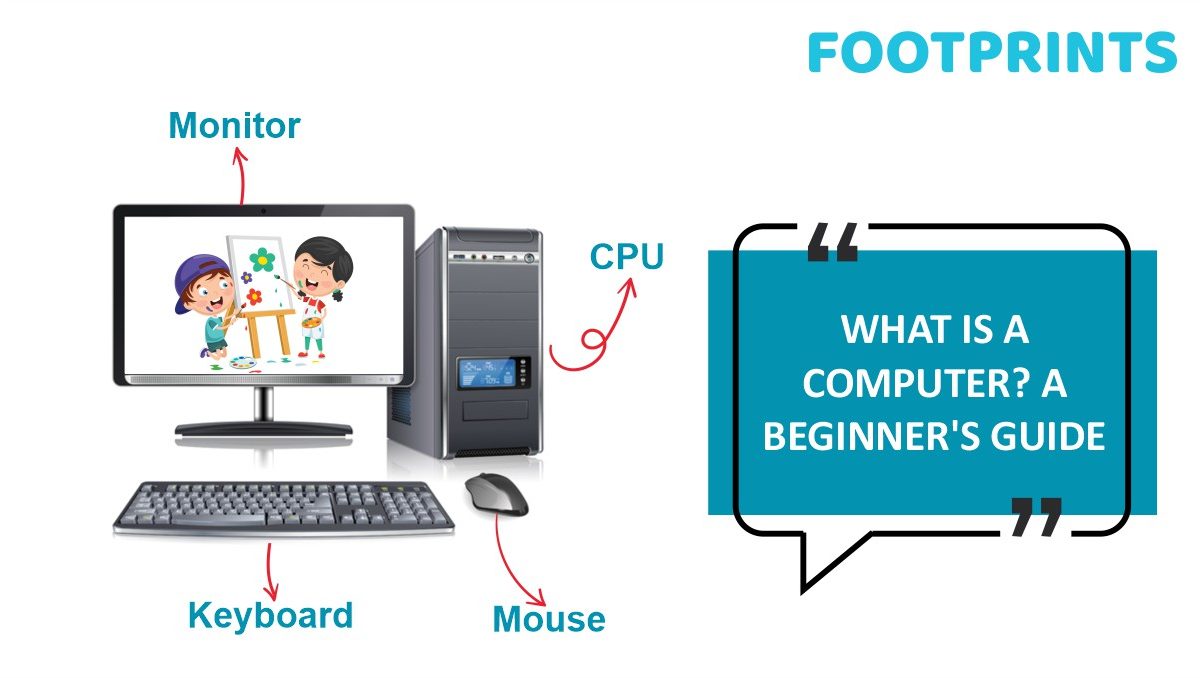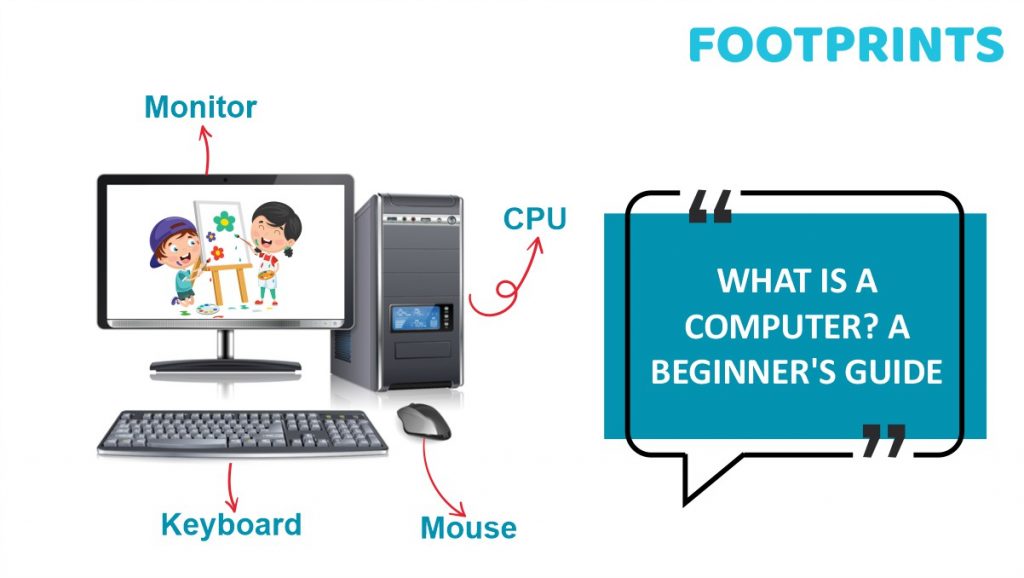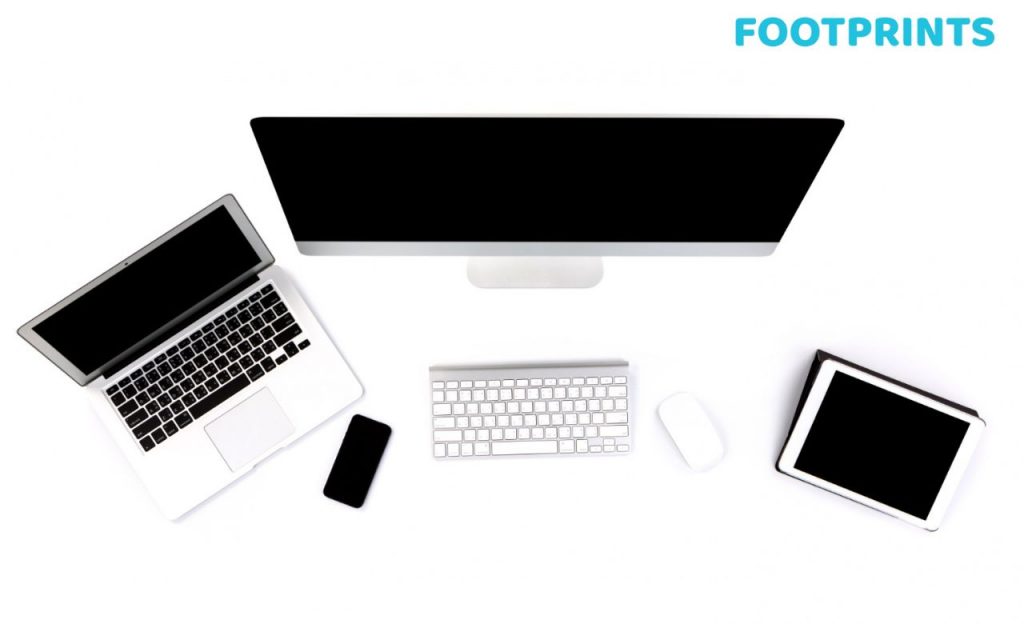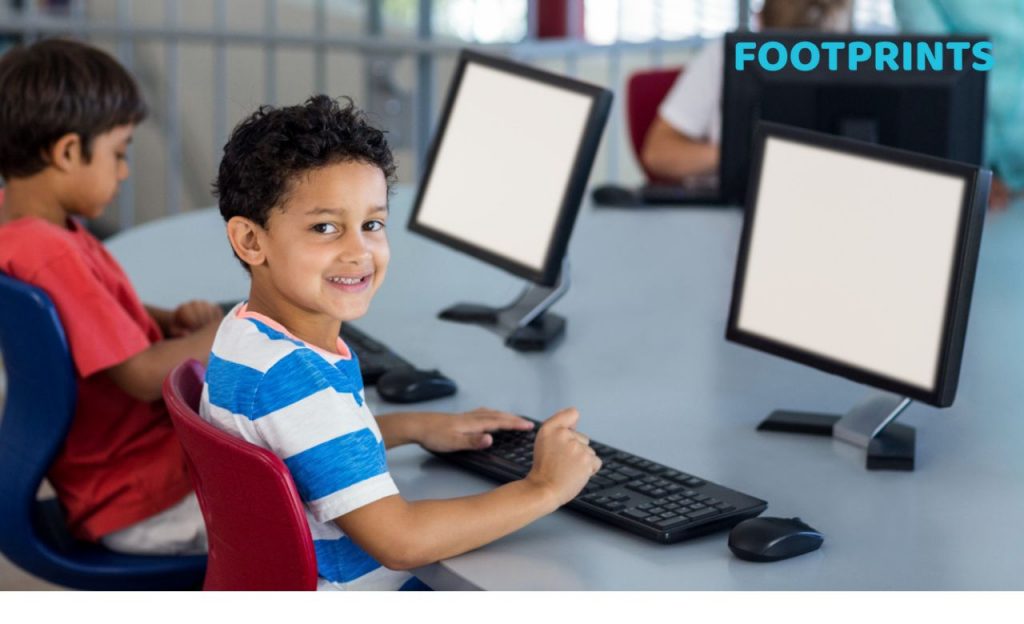

With the ubiquitous presence of computers, it’s no surprise if your preschooler approaches you with the question, ‘Mom/Dad, what is a computer and how does it work?’ The information you provide should not only answer their query but also ignite their curiosity, fostering an appreciation for this marvel of science and technology that simplifies life on many levels. Here’s a comprehensive overview of an educational and bonding session!
To begin, define a computer as a device that facilitates working with information, whether in the form of numbers, pictures, words, movies, or sounds. Using examples from your child’s favorite cartoon can immediately establish a relatable connection. Depending on their interest, you can elaborate that this information is termed ‘data.’ The significant advantage of computers lies in their ability to store vast amounts of data and efficiently process it.
The subsequent aspect to convey to the child is that people utilize computers in various settings such as work, school, and home, employing them for diverse purposes. Computers serve as tools for communication through emails, online shopping, document preparation, banking transactions, music listening, video watching, and gaming.
The next logical step is to introduce the child to the concept of the Internet and the World Wide Web, an extensive network interconnecting computers globally. The internet allows access to information from around the world with just a click. You can illustrate the internet’s power by demonstrating how it can provide a wealth of information on a topic that captivates the child, leaving them in awe of this newfound discovery! For instance, if the child has an interest in the solar system, curate a collection of captivating pictures and information about the solar system to share with them.
Types of Computers
The subsequent coherent explanation is to enlighten them about the diverse forms that computers can take. In the realm of computing, supercomputers stand out as immensely powerful entities employed for intricate tasks. For instance, you can illustrate how supercomputers contribute to providing advanced weather forecasts, allowing us to anticipate whether the upcoming day will be sunny or cloudy.
Moving forward, you can introduce the concept of personal or desktop computers, along with laptops, notebooks, and tablets. Given the likelihood that the child may have already encountered these devices by observing your use, you can further elaborate on handheld computers as well.
Hardware and Software
The subsequent coherent explanation is to enlighten them about the diverse forms that computers can take. In the realm of computing, supercomputers stand out as immensely powerful entities employed for intricate tasks. For instance, you can illustrate how supercomputers contribute to providing advanced weather forecasts, allowing us to anticipate whether the upcoming day will be sunny or cloudy.
Moving forward, you can introduce the concept of personal or desktop computers, along with laptops, notebooks, and tablets. Given the likelihood that the child may have already encountered these devices by observing your use, you can further elaborate on handheld computers as well.

How do computers work?
All these insights naturally lead to the subsequent aspect of the inquiry: understanding how computers function. It is apt to convey that computers operate through electricity, and data within them is conveyed through minute flows of electrical currents. The microprocessor, containing millions of transistors, orchestrates the control of these electric currents.
After elucidating the mechanics, concluding with the enthralling history of computers is a captivating idea. The inception of the computer dates to the 1830s, credited to Charles Babbage, who introduced a mechanical version. The advent of electronic computers emerged in the 1940s, while those featuring microprocessors entered the scene in the 1970s. Early computers were unwieldy, slower, and expensive. Yet, with the relentless progress of science and technology, computers evolved to become faster and more affordable.
To Sum Up
There you have it. With the information shared above, you’ve provided the child with a comprehensive understanding of how computer operate. However, be prepared to field additional questions that may arise based on the information shared. Before you know it, the child will be captivated by the fascinating world of computers. Pro tip: It’s crucial to mention that, like everything else, computers come with their set of challenges, and responsible usage is paramount.
At Footprints, a distinguished chain of preschools recognized as a valuable parenting partner, our primary focus lies in cultivating children’s thinking skills rather than dictating what to think. This approach is implemented in an age-appropriate manner. Through our scientifically developed curriculum, we strive to fuel the child’s innate curiosity, ensuring they evolve into lifelong learners well beyond their academic years.
Aditya brings over ten years of expertise as a Senior Marketing Strategist. He’s an expert at developing captivating marketing tactics that regularly provide excellent outcomes. His innovative strategies have demonstrated a track record of increasing organizational reach and engagement, showcasing his extensive knowledge of the contemporary marketing landscape.


